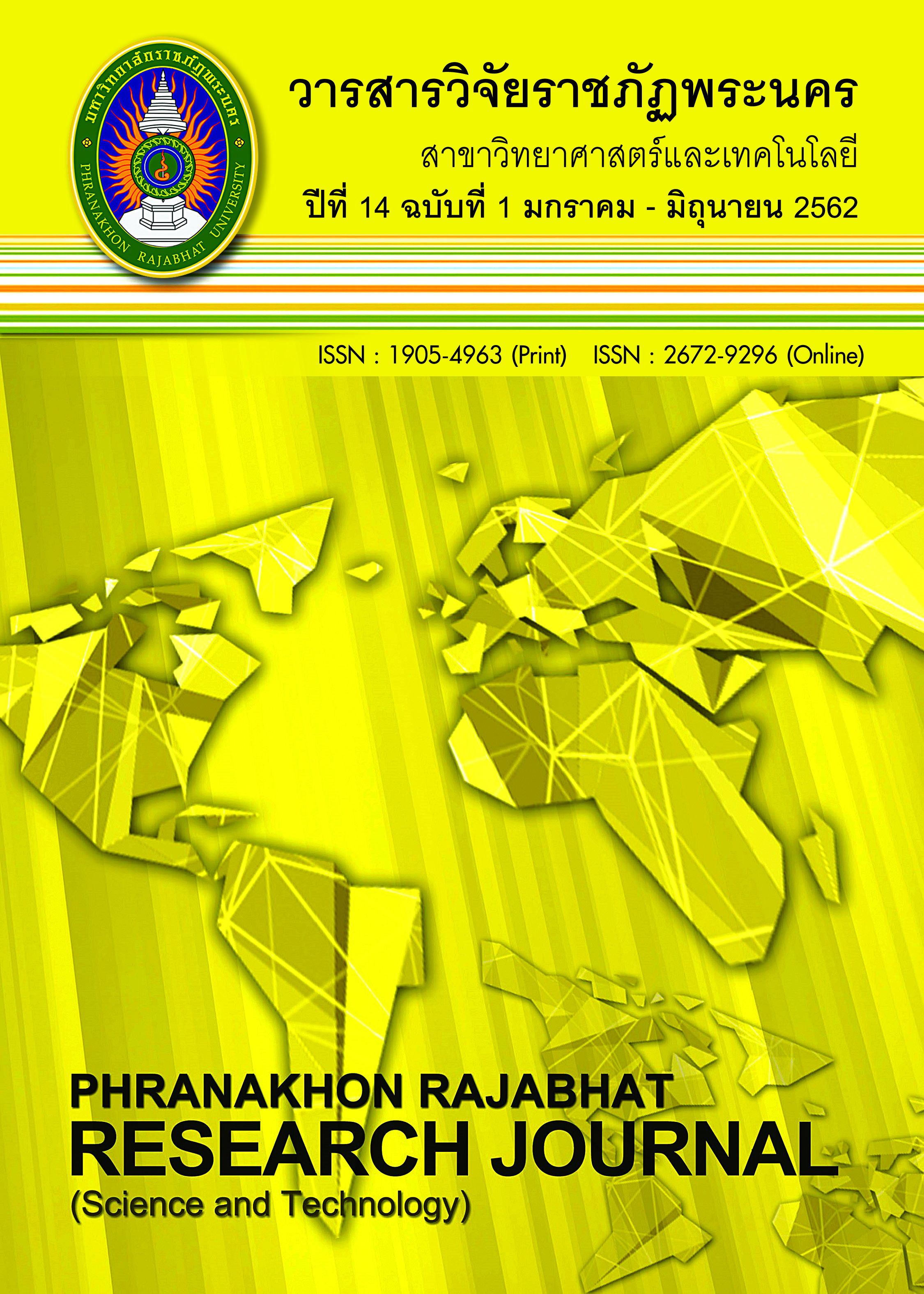THE ASSOCIATION BETWEEN DEPRESSION AND BLOOD PRESSURE IN ESSENTIAL HYPERTENSIVE PATIENTS, JAOKUNPIBOON PRANOMTUAN HOSPITAL
Keywords:
Depression, Blood pressure, AssociationAbstract
The purpose of this study was to determine the association between depression and blood pressure in essential hypertensive patients, using a descriptive cross-sectional research model. Only essential hypertensive patients with depression in Jaokunpiboon pranomtuan hospital were included during February to May 2015. Data were collected by OPD medical record, Thai version Patient Health Questionnaire (9Q), Stress-5 Questionnaires (ST-5) and Morisky Medication Adherence Scale (MMAS) for assessing the blood pressure, depression, stress and medication adherence score, respectively. This study analyzed the association between depression and blood pressure using Pearson's correlation statistics and multiple linear regression model. The results showed that most of the samples were female (76.7%) with mild depression (56%) had an average blood pressure of 137/79 mmHg, depression was positively associated with blood pressure in both controlled and uncontrolled groups (r = 0.64 and r = 0.70, p < 0.05). In addition, stress and medication adherence are also associated with blood pressure. When analyzed by multiple linear regression analysis, depression, stress, and medication adherence could predict 72% of blood pressure (r2=0.72, p<0.001). Moreover, depression can be predicted statistically significant. Therefore it is importance for screening depression status in essential hypertensive patients, in order to control their blood pressure to a satisfactory level.
References
Aekplakorn, W. (2015). Situation of Non-Communicable Disease and Primary Risk Factors. Nonthaburi: The Graphico systems. (in thai)
Bogner, H. R., & de Vries, H. F. (2008). Integration of depression and hypertension treatment: a pilot, randomized controlled trial. The Annals of Family Medicine. 6(4), 295-301.
Bureau of Non Communicable Diseases. (2016). Annual Report 2016. Bangkok: War Veterans Organization Patronage. (in thai)
Cene, C. W., Dennison, C. R., Hammond, W. P., Levine, D., Bone, L. R., & Hill, M. N. (2013). Antihypertensive Medication Non-Adherence in Black Men: Direct and Mediating Effects of Depressive Symptoms, Psychosocial Stressors and Substance Use. Journal of Clinical Hypertension (Greenwich, Conn.). 15(3), 201-209.
Cohen J. (1988). Statistical power analysis for the behavioral sciences (2nd Edition). New Jersy: Erlbaum.
Department of Mental Health. (2009). Guidebook of Depressive Disorders Surveillance and Care : Provincial Level. Bankok: Agricultural cooperative printing demonstrations of Thai. (in thai)
Gasperin, D., Netuveli, G., Dias-da-Costa, J. and Pattussi, M. (2009). Effect of psychological stress on blood pressure increase: a meta-analysis of cohort studies. Cadernos de Saúde Pública. 25(4), 715-726.
Ginty, A. T., Carroll, D., Roseboom, T. J., Phillips, A. C., & De Rooij, S. R. (2013). Depression and anxiety are associated with a diagnosis of hypertension 5 years later in a cohort of late middle-aged men and women. Journal of human hypertension, 27(3), 187.
Kampakdee, S. (2012). Prevalence of Depression in Chronic Patients. Medical Journal Of Srisaket Surin Buriram Hospitals. 27(2), 107-112. (in thai)
Kaplan, N. M. (2006). Kaplan’s clinical hypertension (9thed). Philadelphia: Lippincott Williams & Wilkins.
Kittirattanapiboon, P. (2016). Prevalence of psychiatric disorders and mental health problems : Thai Mental Health Epidemiological Survey, 2013. Nonthaburi: Department of Mental Health. (in thai)
Morisky, D.E., Ang, A., Krousel-Wood, M., Ward, H. (2008). Predictive validity of a medication adherence measure in an outpatient setting. J Clin Hypertens (Greenwich). 10(5), 348-354.
Pakdeepinij, A., Keawklin, S. & Promjean, S. (2016). World Blood Pressure Day Campaign 2016. Retrieved December 14, 2016, from https://www.thaincd.com/document/file/info/non-communicable-disease/ World Blood Pressure Day
Campaign 2016.pdf. (in Thai)
Rubio-Guerra, A. F., Rodriguez-Lopez, L., Vargas-Ayala, G., Huerta-Ramirez, S., Serna, D.C., & Lozano-Nuevo, J.J. (2013). Depression increases the risk for uncontrolled hypertension. Experimental & Clinical Cardiology. 18(1), 10-12.
Scalco, A. Z., Scalco, M. Z., Azul, J. B. S., & Lotufo Neto, F. (2005). Hypertension and depression. Clinics. 60(3), 241-250.
Silpakit, O. (2008). Srithanya stress scale. Journal Of Mental Health Of Thailand. 16, 177-85. (in thai)
World Health Organization. (2012). World Health Statistics 2012: World Health Organization. Retrieved September 14, 2015, from https://www.who.int/gho/publications/world_health_statistics/2012/en/.
World Health Organization. (2017). Depression and other common mental disorders: global health estimates.
Wu, C. Y., Prosser, R. A., & Taylor, J. Y. (2010). Association of Depressive Symptoms and Social Support on Blood Pressure among Urban African American Women and Girls. Journal of the American Academy of Nurse
Practitioners. 22(12), 694-704.
Downloads
Published
Issue
Section
License
โปรดกรอกเอกสารและลงนาม "หนังสือรับรองให้ตีพิมพ์บทความในวารสารวิจัยมหาวิทยาลัยราชภัฏพระนคร สาขาวิทยาศาสตร์และเทคโนโลยี" ก่อนการตีพิมพ์



